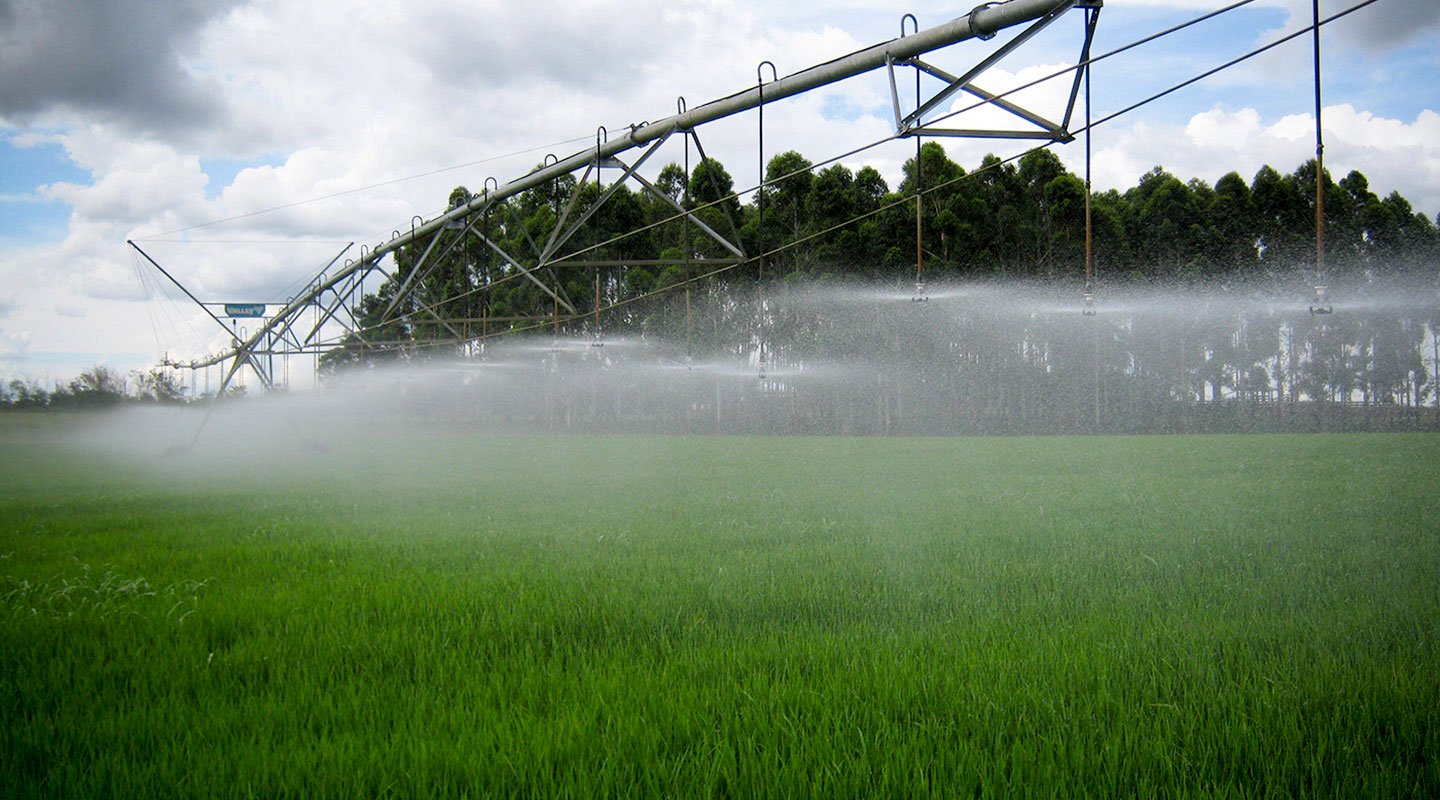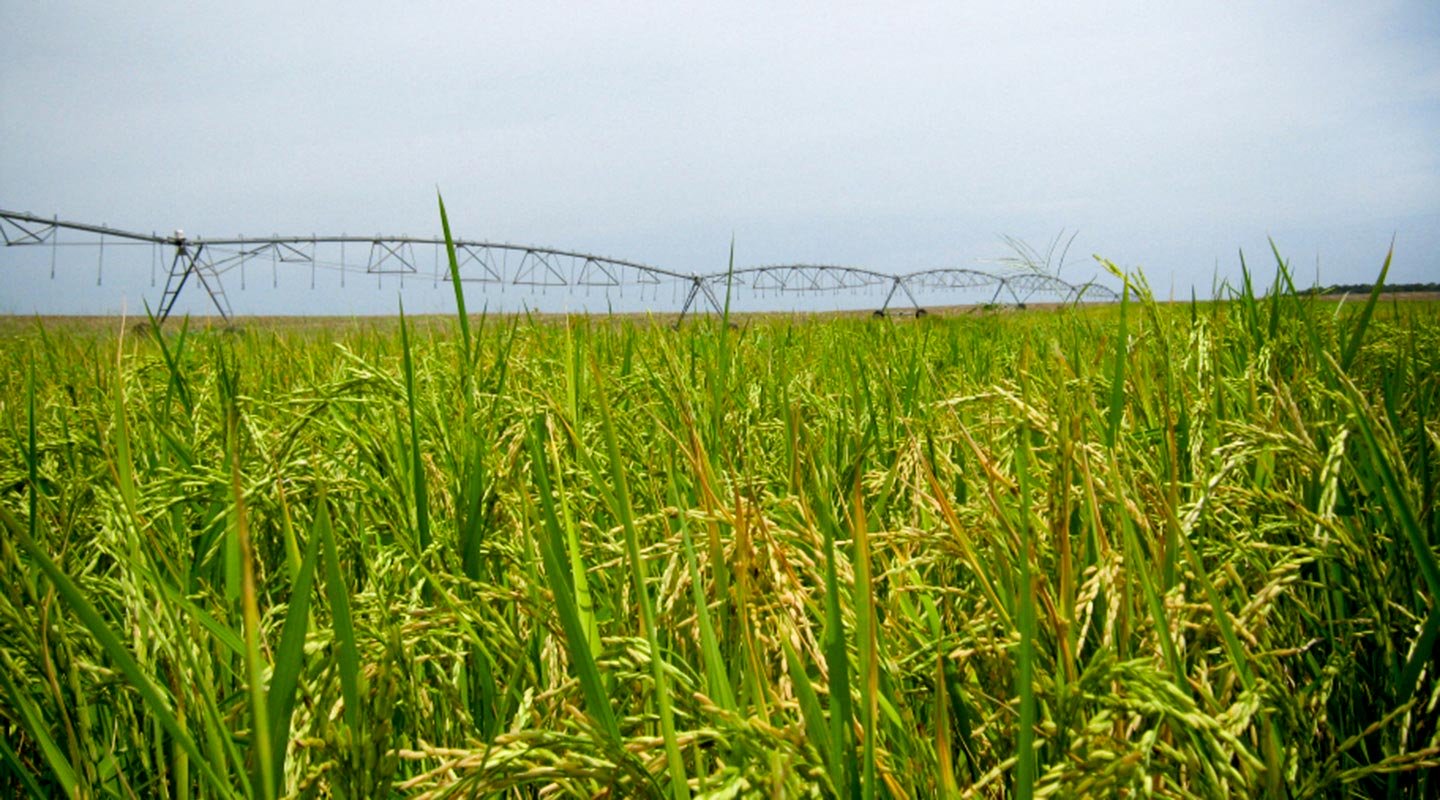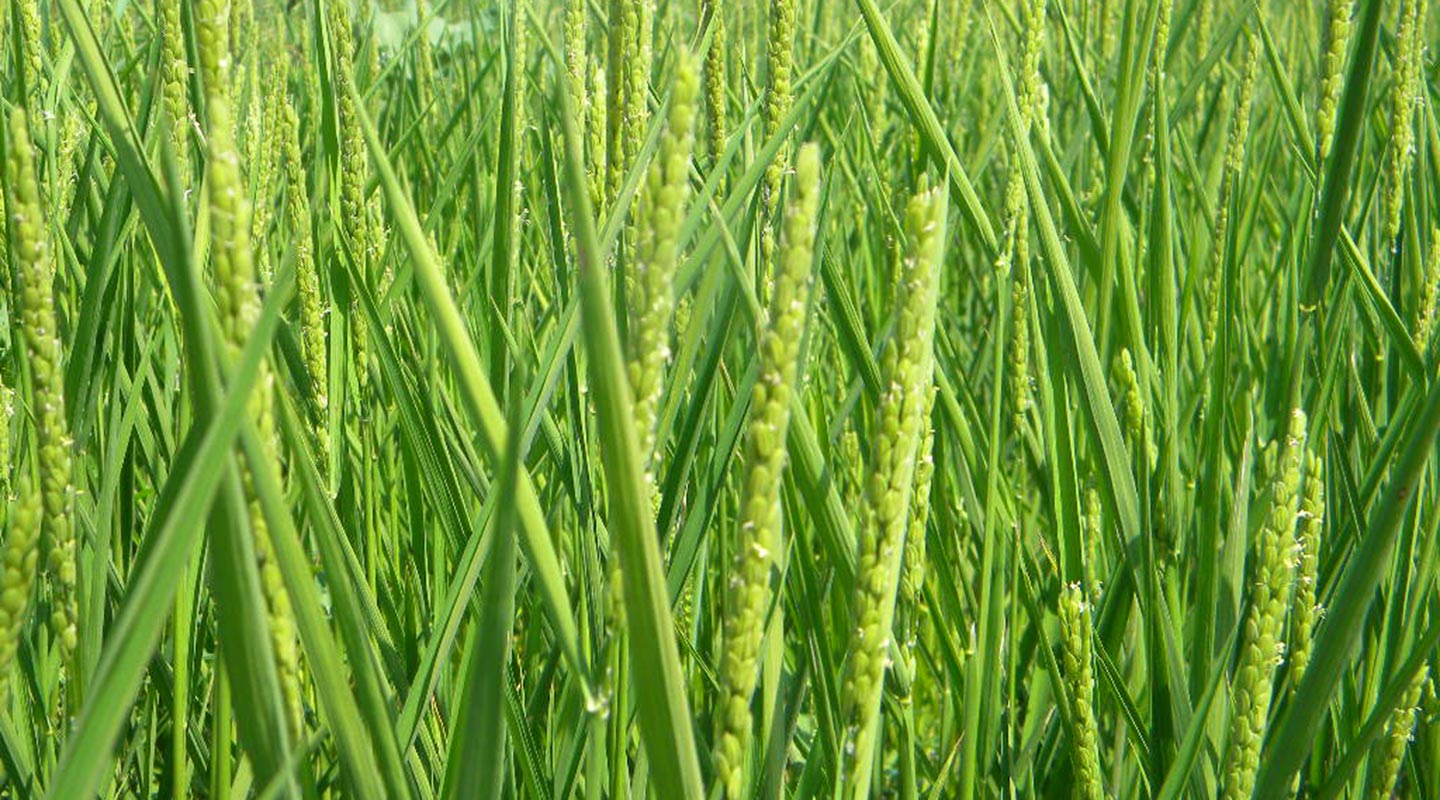Rice is a critical food crop, representing the third-most acres planted around the world, trailing only wheat and maize (corn). We sometimes lose sight of this here in the U.S., since our agricultural production is dominated by maize, soybeans, wheat and cotton. The vast majority of rice grown in the U.S. is produced in only six states: Arkansas (with nearly 50% of rice acreage), California, Louisiana, Mississippi, Missouri and Texas. South Carolina, which in the early years of our country produced nearly 75% of all our rice, is no longer a significant producer.
In fact, rice represents the most acres (hectares) in the world of any irrigated crop. Rice is a unique crop. It is not an aquatic plant, but it does tolerate standing water. Since most common terrestrial plants (weeds) don’t, this is a good way to provide weed control. This system developed long ago, before the advent of chemical herbicides. As a result, the term “irrigation scheduling” for rice has not been terribly important until recently.
So, what happened “recently” to change this? The answer, like so many topics in modern agriculture, has to do with environmental issues. The traditional rice farming system, with flooded “paddies” and a cascading flood system, works best with land that is close to absolutely flat and an unlimited water supply. This is one reason the primary rice production areas moved west from the coast — there were great areas of large expanses of flat fields and excess water for irrigation. Now, with increasing demands on our water resources (and, as farmers know, “they ain’t making any more land!”), water conservation has come into the forefront. Modern energy prices have also placed a premium on improving efficiency.
Recently, a lot of research and effort has gone into improving irrigation practices. The development of new, effective herbicides has allowed producers to consider innovative ways to grow rice with new strategies and practices. Many of these new practices include irrigation with less water, such as furrow irrigation, multiple inlet irrigation (MILI), and alternate wetting and drying (AWD) irrigation. In recent years, sprinkler irrigation, especially using center pivots and linear machines, has also gained interest.
In light of all of this, I want to discuss three tips to help optimize rice farming when considering alternative irrigation systems.
Step One: Pick a System.

Although it seems trivial (why change?), this might merit some thought. If you are interested enough to read this, you may be dealing with new limitations — lack of water and/or lack of level ground. Traditional rice farming practices, including the first three irrigation practices listed above, still require a lot of water and a fairly narrow range of acceptable land slopes to produce good results. Many rice farmers are “land-locked,” with no available land and water supplies available for expansion. Others now (or soon will) face the specter of water-limiting aquifers or regulations. In other cases, farmers would like to include rice in their crop rotations. Center pivot irrigation systems can help with this by allowing rice farming on steeper slopes and sandier soils. Only you can select the solution that works best for you and your operation, but you may have more options than you thought, especially now that sprinkler-irrigated rice can be covered by crop insurance.
Step Two: Consider Other Factors that will Affect Success.

As you have heard, “there is no such thing as a free lunch.” Simply buying and installing a center pivot does not solve all water problems. It does provide an opportunity for greater flexibility in your system. Flexibility in crops, management and land acquisition can increase. As an example of these “other factors,” perhaps with center pivot irrigation you gain the ability to farm some traditional corn/soybean/cotton land, and work rice into that rotation. This can both help with weed control options and give you the ability to vary acres for each crop, depending on market conditions.
However, it is important to remember that this land may require greater distances to transport equipment. It also means different management for the rice farming you might start there. Sprinkler-irrigated rice can alleviate some pest and disease problems, like water weevil. It can increase others, like blast. Weeds can be managed with herbicide programs very similar to what you use on flooded rice. However, timing becomes extremely critical. Remember, with frequent sprinkler irrigation, you are providing an ideal growth environment for plants, including weeds. Good scouting practices are very important, and chemical applications must be timely. Schedule spraying operations with your watch, not your calendar. These are just a few of the considerations to bear in mind.
Step Three: Manage Appropriately.

As I mentioned above, management is critical. As we all know, management is (as one of my teachers said) “what separates guys who farm from guys who have farm sales.” This is especially true as one moves from a less- to a more-intensive system. Irrigating any crop with a center pivot tends to require a different type of management than with surface irrigation. This is especially true with rice, which is extremely sensitive to even minor water shortages.
Thanks for your time, your interest and your business. The next month or so will be busy, filled with holidays, family gatherings and football games. Enjoy them all. Relax; you need the rest.
For more information on irrigating rice with center pivot and linear irrigation, contact your local Valley dealer.
Did you enjoy this article? Read one of these next:
Rice Production and Modern Irrigation Management Practices
6 Tips for Converting Your Rice Irrigation Equipment to Center Pivot Irrigation